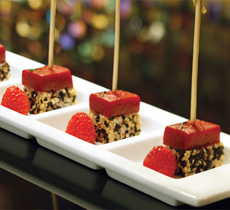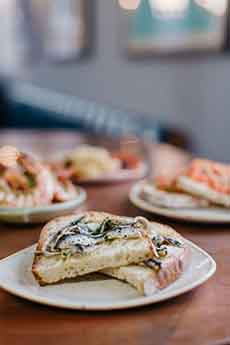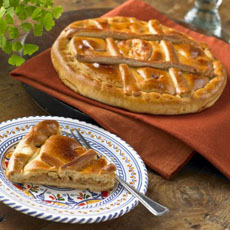TIP OF THE DAY: Have A Tapas Party For World Tapas Day
|
“Official” food holidays are those officially declared by a government: local, state, or national. In these fast and loose days of the Internet, however, many companies and individuals don’t bother to seek official sanction for a “special observance day.” Instead, they simply announce online that a particular date is now World Nutella Day (started by two bloggers) or National [Whatever] Day.
Here’s how official holidays are established in the U.S. No less an entity than the country of Spain has established a welcome new holiday: World Tapas Day. Spain’s tourism agency, Turespaña, has declared El Día Mundial de la Tapa, to recognize the “singular nature of this vital element of Spanish cuisine and culture” (here’s more information). World Tapas Day will be held each year on the third Thursday of June. That’s June 16th this year (2016), and you’ve got time to plan a tapas party—or serve tapas for Father’s Day on June 19th. Tapas are easy to make. Check out these recipes from Martha Stewart. You can make it a “group party” and have everyone make a different tapa. Tapas are a long tradition in Spain. A snack for agricultural workers evolved into bar food, and has become so popular in modern times that it is now the focus of brunches and cocktail parties. While there are legends surrounding the birth of tapas, the accepted theory is that they originated as a snack for field workers. (Paella also originated among field workers, as the lunch meal.) As a refreshment during the long hours between breakfast and lunch, workers were served wine from a ceramic jug. The top of the jug was covered with a piece of bread with ham or cheese, which served to keep insects out of the wine. Tapa is a cover or lid. As the idea came to cities, tapas with a snack became popular at midday or for an after-work drink. According to the Royal Spanish Academy, tapas (TOP-us) are “a small portion of any food served to accompany a drink.” The original tapas were simple: slices of bread with ham or chorizo served free with a drink. The bread was set on top of the glass rim and covered the drink, just as with the jug of wine. Today the choices can be vast, and are served on small plates. It has evolved into a verb, tapear: to eat tapas. A tapeo is a social gathering where the food is tapas. As with the free caviar supplied at American taverns in the 19th century (American sturgeon were plentiful then, and caviar was cheap [sigh]), the salty food made patrons thirstier and they bought more alcohol. Today, tapas comprise a wide variety of cold or hot foods that can be ordered with a drink or combined into an entire meal. Each region of Spain serves tapas (singular, tapa) that reflect the local cuisine. Meats, cheeses, olives and nuts, and tortillas (egg and potato omelet) are common to all areas, with more seafood tapas along the coastline. Spaniards seek out the best tapas bars (a bar that serves tapas—not all bars do) as Americans seek out the best pizza. While tapas are ubiquitous all over Spain, cities such as Cordoba, Granada, Madrid, Málaga, San Sebastian, and Seville are known for the quality, variety, and innovation of their tapas. |
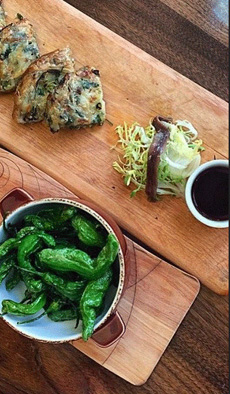 [1] A platter of tapas: tortilla (potato omelet), boquerones (marinated anchovies) and chiles fritos (fried shishito peppers (photo © Foods From Spain).
|
|
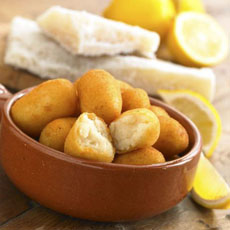 [4] Croquetas De Bacalo, cod croquettes (photos #3 and #4 © LaTienda.com)../span>
|
HOW ARE TAPAS DIFFERENT FROM OTHER SMALL PLATES? Amuses-bouche, antipasto, hors d’oeuvre, mezzo and tapas are similar, though different. |
|
|
CHECK OUT WHAT’S HAPPENING ON OUR HOME PAGE, THENIBBLE.COM. |
||
